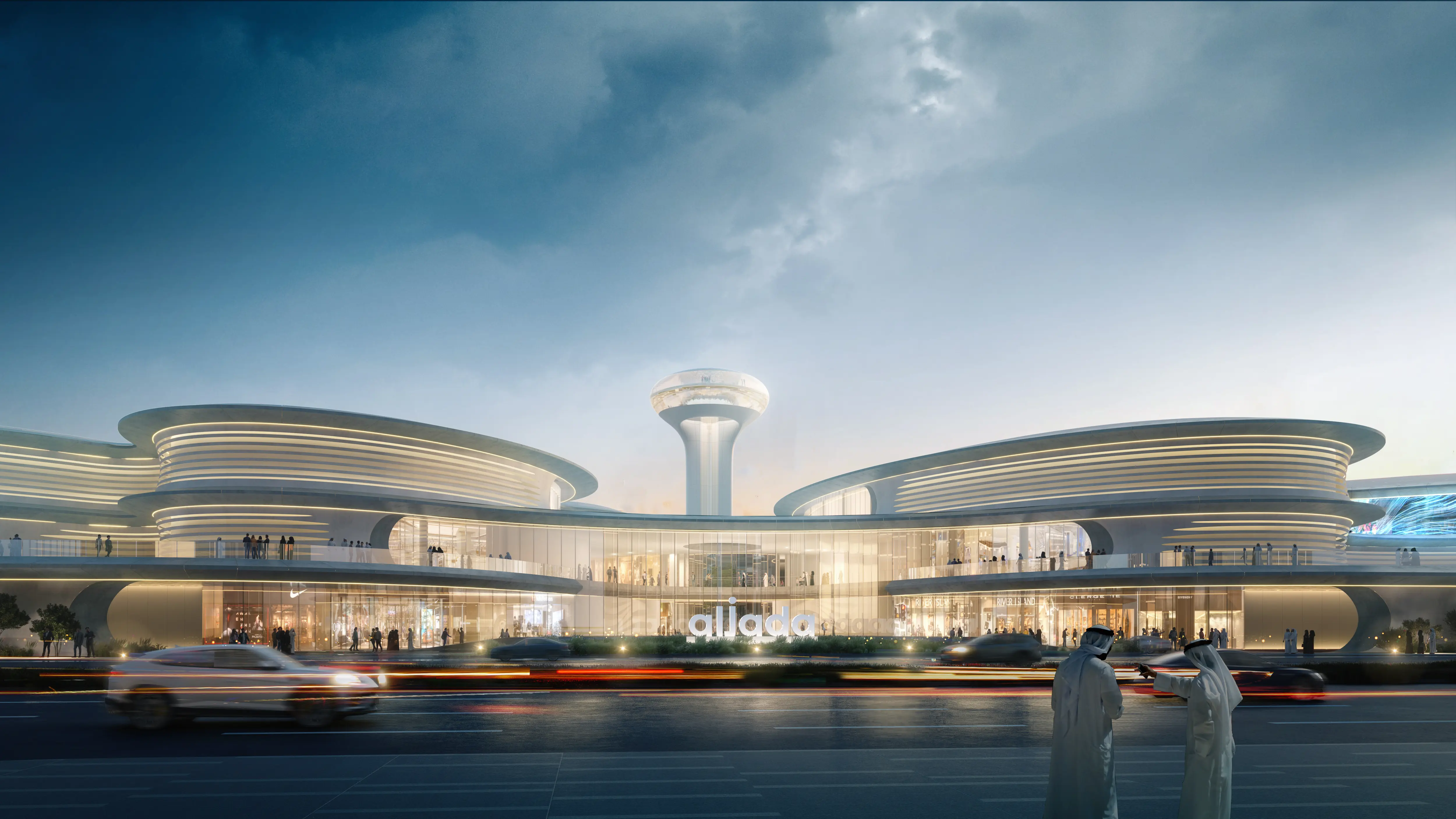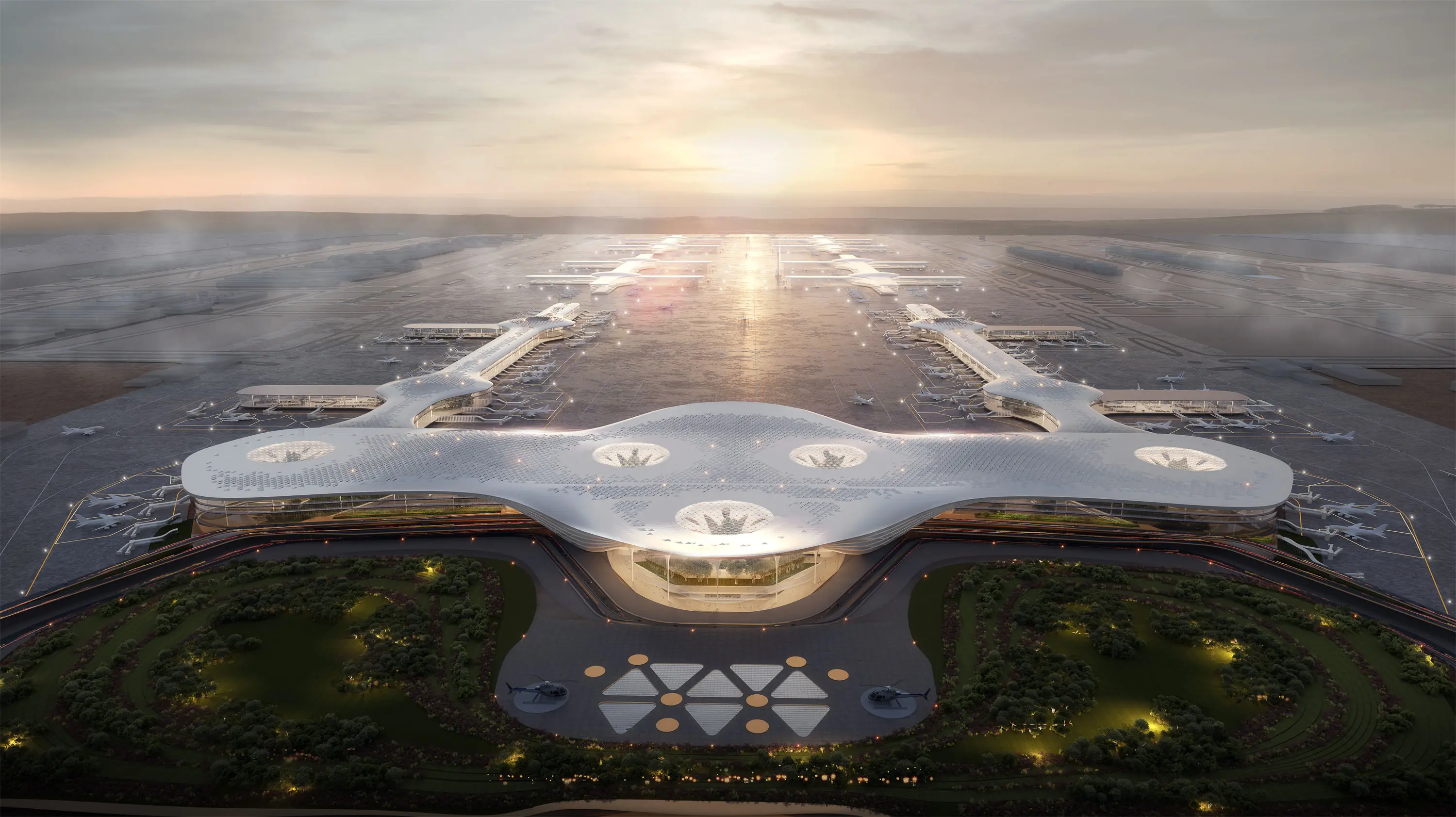What is the role of 3D CGI architectural visualization?
3D CGI architectural visualization, as an important technical means in the field of modern architecture, is deeply reshaping the industry ecosystem with its powerful functions. It transforms architectural Design from abstract drawings into concrete visual presentations through3D modeling, rendering and animation technologies, playing an irreplaceable role in design, communication, promotion, construction and other links.
In the design stage, it acts as the "third eye" of the designer. Compared with traditional two-dimensional drawings, 3D visualization can comprehensively display the architectural appearance, material texture, spatial layout, and even simulate the changes in light and shadow at different times, seasons, and weather conditions, helping designers identify issues such as proportion imbalance and material conflicts in advance. For example, in sunlight analysis, it is possible to verify whether the building spacing complies with the standards and optimize the lighting of the rooms. In the design of commercial complexes, the flow line planning is optimized through the simulation animation of human flow.

In the context of multi-party communication, 3D Cgi has become a "universal language" that transcends professional barriers. Developers can use it to showcase the highlights of the project to the investment team and attract funds. The construction team can predict construction difficulties based on high-precision models and reduce on-site changes. Meanwhile, customers can "move into" their future home in advance through VR panoramic roaming, directly experience the details of the house layout, and even customize the decoration style. They can also receive real-time feedback on their needs, significantly improving decision-making efficiency.
At the level of business promotion, 3D visualization is an even more powerful marketing tool. It can generate high-definition renderings, promotional animations and virtual model rooms at low cost and high efficiency. It is especially suitable for the pre-sale stage of buildings, allowing customers to clearly perceive the overall picture and highlights of the project before the physical entity is completed. At the same time, it can also enhance emotional resonance through scene-based images or highlight unique designs when comparing with competing products, helping the project stand out.
Entering the construction and operation and maintenance stage, 3D CGI still plays a key role. With the support of BIM technology, it can achieve construction collision detection, avoid conflicts between pipelines and structures in advance, and reduce the cost of demolition and modification. After completion, the high-precision model can also be used as a digital asset to mark the location of equipment and simulate disaster scenarios, providing data support for daily maintenance, safety plan formulation and renovation and transformation.
Nowadays, with the development of VR/AR and real-time rendering technologies, 3D architectural visualization is moving from static display to immersive experience. Users can not only "view pictures", but also freely roam the virtual space through VR, or preview the architectural effect in real scenes in real time with the help of AR, and even adjust parameters in real time and view the effect synchronously through interactive design. This technological innovation has made the full life cycle management of buildings, from design conception to operation and maintenance, more efficient and precise, truly achieving that every design detail is seen in advance and every requirement is fully considered.
LIGHTS china top rendering company-architectural animation studio.


